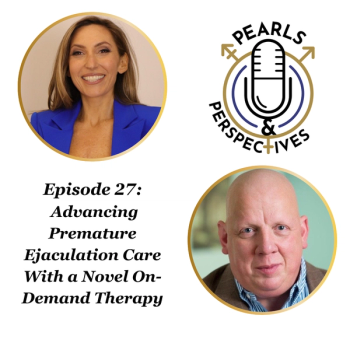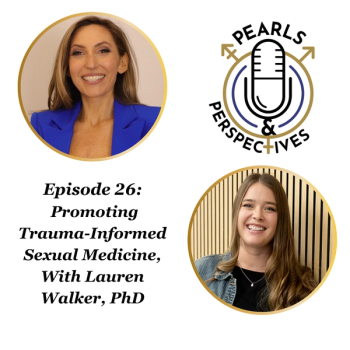
- Vol 49 No 03
- Volume 49
- Issue 03
ED risk in young adult men strongly correlates with relationship status, mental health
Compared with single men, those in this age group who were married/partnered had 65% lower odds of having ED.
Relationship status and mental health are strong indicators of whether a man aged 18 to 31 might have erectile dysfunction (ED), according to a study published in the Journal of Urology.1
Compared with single men, those in this age group who were married/partnered had 65% lower odds of having ED. Men who used antidepressants were 3 times more likely to have moderate-to-severe ED. Anxiety and use of tranquilizers were also linked to increased odds of having moderate-to-severe ED.
Also of note, although only a small percentage (2%) of the study population reported use of ED medication or supplements, 29.7% of these men did not correctly use the treatment.
“Erectile dysfunction was common in a large sample of sexually active young adult men from a US cohort and was associated with relationship status and mental health. Health providers should screen for erectile dysfunction in young men, and monitor use of prescription erectile dysfunction medications and supplements for sexual functioning,” the authors wrote.
The investigators initiated the study because of the paucity of data regarding the relationship between physiological and psychological factors and erectile dysfunction in young men.
The study population comprised 2660 sexually active men aged 18 to 31 years from the 2013 Growing Up Today Study. The participants were all children of women in the Nurses’ Health Study II (NHSII).
The International Index of Erectile Function-5 scale was used by the investigators to define ED prevalence and severity, which were examined in cross-sectional survey data. Use of ED treatments was self-reported. Multivariable models were used to estimate links between moderate-to-severe ED and various patient demographic, medical, and mental factors.
The mean age in the overall patient population was 26 years, 39.9% were married, 20.3% were overweight/obese, 1.1% had diabetes, 6.3% had hypertension, and 7.7% had hypercholesterolemia. Regarding mental health history, 11.1% had depression and 8.4% had anxiety. Regarding treatment, 5.6% had used antidepressants within the past year and 2.3% had used a tranquilizer within the past year.
Overall, 300 (11.3%) of the 2660 patients had mild ED and 77 (2.9%) had severe ED. No ED was reported for 2283 (85.8%) patients.
The authors noted that their research did not show an association between metabolic factors or age and ED.
The researchers listed limitations of their study, including the limited racial/ethnic and socioeconomic diversity of the study population, and the reliance upon cross-sectional data.
“Moderate-to-severe ED was more prevalent among men who were not married or living with a partner, who reported using antidepressants, or who reported anxiety or using tranquilizers,” the authors wrote in their conclusion. “Given the high prevalence of mild to severe ED, research examining additional demographic, psychological, behavioral, and physical correlates of ED in diverse samples of young men is needed.”
Reference
1. Calzo JP, Austin SB, Charlton BM, et al. Erectile dysfunction in a sample of sexually active young adult men from a U.S. cohort: demographic, metabolic and mental health correlates. J Urol. 2021 Feb;205(2):539-544. doi: 10.1097/JU.0000000000001367
Articles in this issue
almost 5 years ago
What to look for in an employment benefits packagealmost 5 years ago
Efficacy, safety of rechargeable SNM device for OAB sustained at 2 yearsalmost 5 years ago
How is a medical malpractice claim defined?almost 5 years ago
Onvansertib active in abiraterone-resistant prostate canceralmost 5 years ago
E/M guidelines require a different approach to documentationNewsletter
Stay current with the latest urology news and practice-changing insights — sign up now for the essential updates every urologist needs.



















